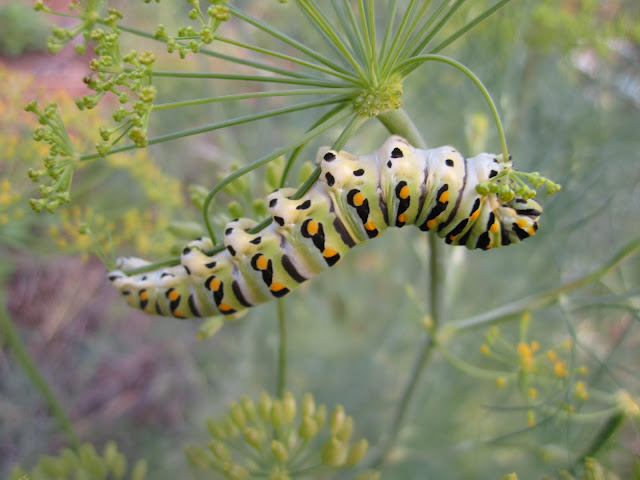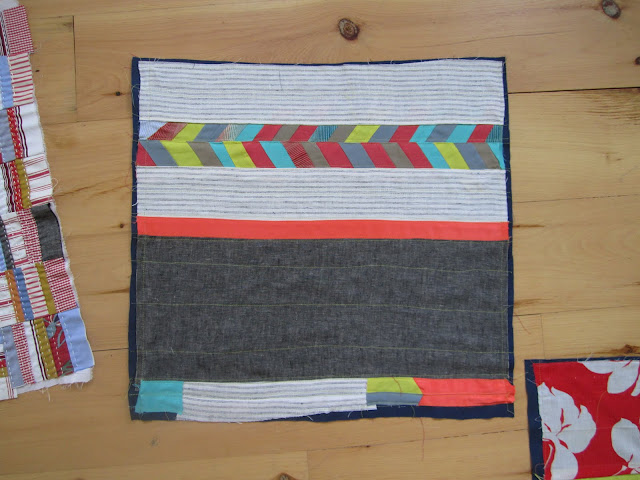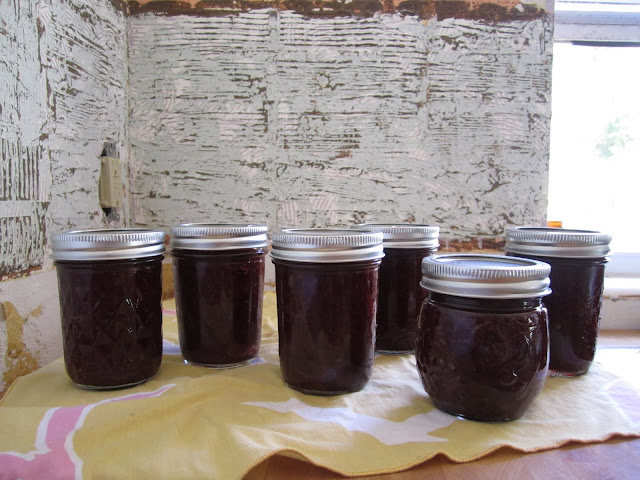We've made it through another summer at our micro-farm by the sea. Here's a recap. The intensity of light provided encouraging fuel for living a colorful life and the intensity of heat made swimming and submerging essential. The days passed in a typical pattern with faintly hazed mornings, towering cumulus clouds mid-day, and blue blazing afternoons scattered with casual rain when we were lucky. Here the seasons mingle into each other subtly, without distinctive markers. Actually, South Florida feels more like tropical places with only two season, wet and dry. With a leaky roof and all, this old cottage has made it to the final stretch of the wet season. Thankfully we can procrastinate another year teaching ourselves about DIY roof repair, it seems so intimidating. Now in mid-September a welcome break from the brightness is coming slowly, and the heat gives way to a gentle warmth.
In our two plus years we've found a good rhythm managing an animal crew, growing food mostly sustainably, lovingly fixing up an old house, and improving our craft. It's difficult to separate any one of these projects from the other as they each compliment and inspire the other. Sometimes it's frustrating working crappy jobs and dealing with an impossible budget. Other times it can be overwhelming, living intertwined among all these projects and having very limited experience, but mostly it just feels exciting being at the beginning of something big. There is so much to learn and do ahead of us.
The growing this season was different from the previous summers. There was the usual warm weather garden efforts of cover cropping and trailer loads of seaweed and mulch for sheet composting. Also I've fully embraced chicken gardens, the ladies now roam freely among new plantings. Even the excitement of growing 50 pineapples was overshadowed by the growing of something else. This summer was spent growing a baby!
Wanting to be parents is a recent development for us, mostly me. I always thought I needed to have more together, but I realized I'm already doing most of the things I hope to do. So why not? I've never been that into babies, though I can tell that's all changing. I'm mostly excited to know Charley as a rad dad and the whole new dynamic around this place. I'm excited to make this person quilts, and grow her first foods, and build her a library at her height, and introduce her to homemade Indian food, and teach her how to swim. I feel lucky to get to have this experience.
Lately I've been grateful and amazed (this is South Florida and all, where the c-section rates soar) that we found ourselves at a perfect intersection between alternative and traditional medicine. Through a friend, we met a wonderful midwife and will be having a home-birth sometime in December. Aside from the first four months of complete nausea, things have been good. Happily, I've stumbled into a productive time in the studio and garden, making up for the early exhaustion. I've begun obsessively educating myself on many new to me concepts like breastfeeding, baby wearing, natural labor, unschooling, and prenatal nutrition. And again thinking of how much learning and doing there is ahead of us.
 *(photo by Alexa Dye)
*(photo by Alexa Dye)















































